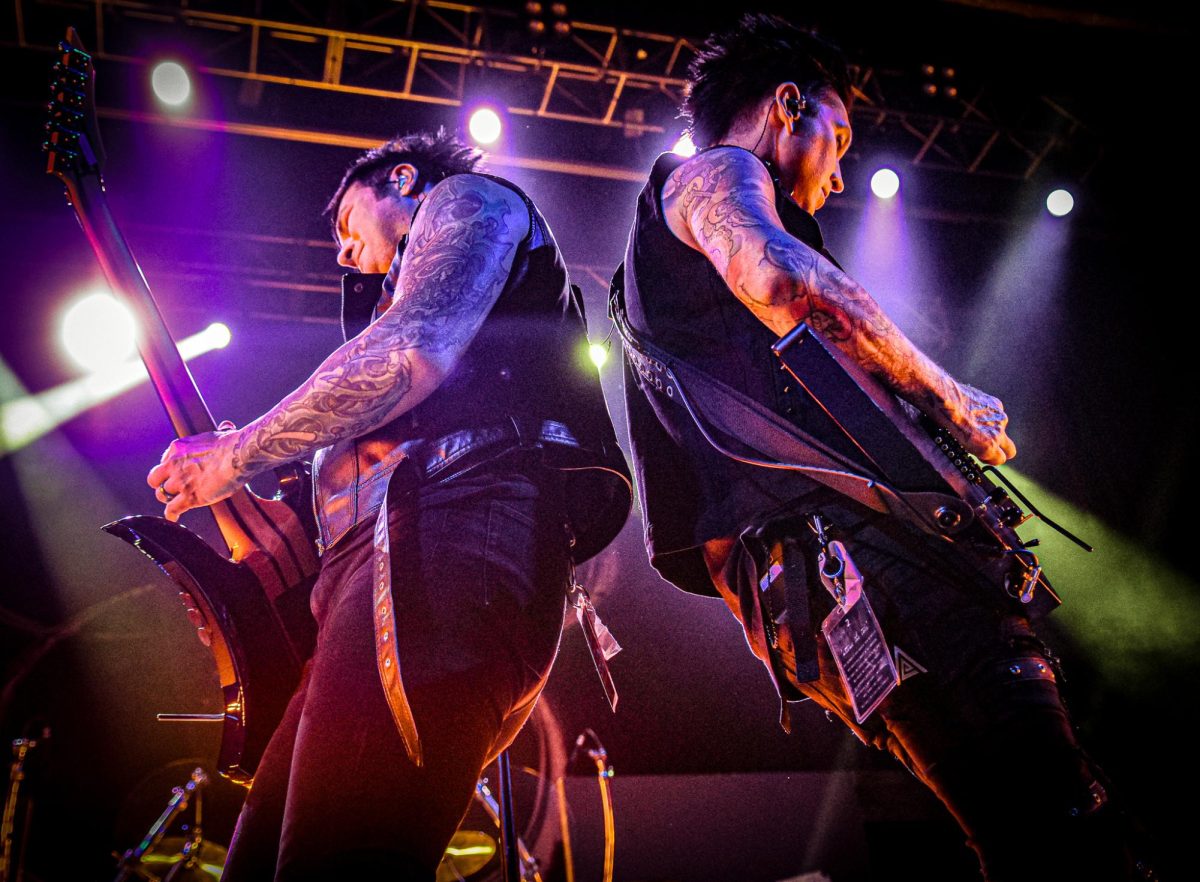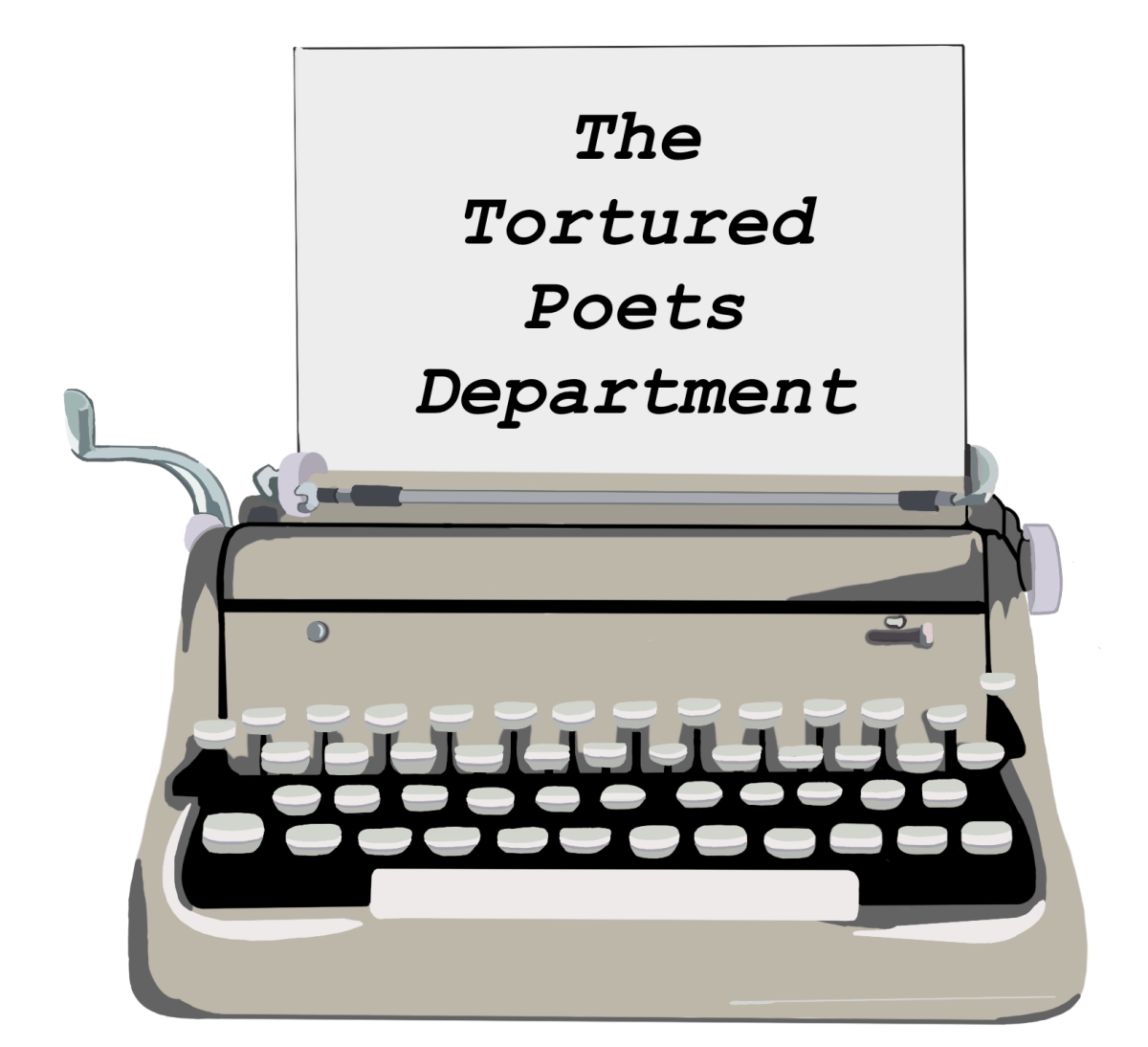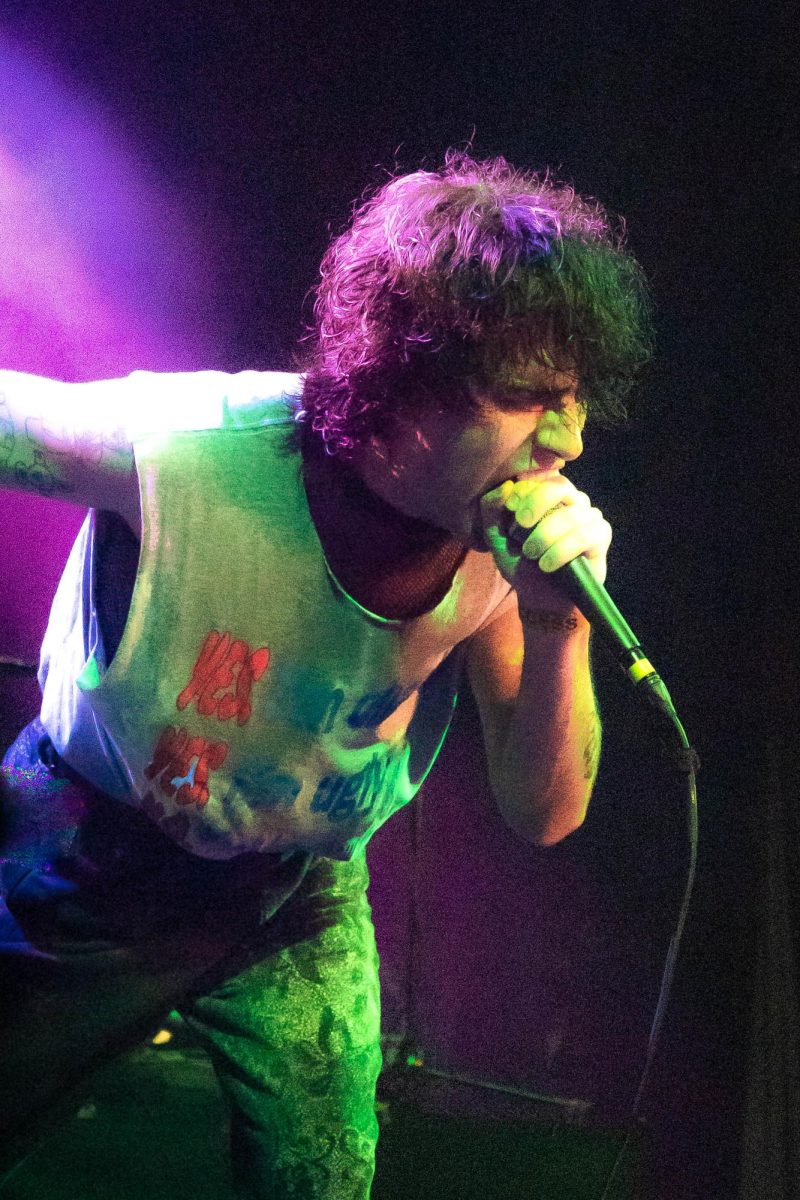_kuhn_(courtesy_of_sama)__gallery.png)
Photo Courtesy of San Antonio Museum of Art
A roaring new exhibit at the San Antonio Museum of Art shows the creative process of popular wildlife artist Robert Kuhn’s acclaimed work.
“Bob Kuhn: Drawing on Instinct” features works collected throughout Kuhn’s career and contains numerous paintings and sketches Kuhn made to be appreciated as works on their own. Kuhn, an avid sketcher, believed sketches were just as valuable as the finished work, and the sketches that accompany the exhibit show the growth and formation of Kuhn’s work.
Kuhn was born in Buffalo, New York in 1920 and his muse stems from observing and drawing animals at the Buffalo Zoo. After studying at New York City’s Pratt Institute for life-drawing, design and anatomy, Kuhn began illustrating wildlife for publications. The illustrations are featured in a section on the main floor of the exhibit. Kuhn moved onto easel painting later in life.
The exhibit shows Kuhn’s strategic process and his emphasis on North American and African wildlife and landscape. Kuhn is known for his expressionist work in representing wildlife, and he drew influence from colorists such as Carl Rungius, Conrad Schwiering and Edgar Degas. Kuhn was heavily inspired by Mark Rothko’s juxtaposition of rich, bold colors. Rothko’s style helped Kuhn develop the vibrant and dynamic color combinations in the backgrounds of his works.
The pieces in the exhibit portray Kuhn’s innate ability and journey into capturing wildlife in motion through precise sketching, bold colors, loose abstractions and complex color combinations.
One of his most well-known paintings, “Message on the Wind,” depicts a polar bear’s journey through the tundra, his nose upturned towards the sky with the wind blowing the snow towards the bear. There are sketches displayed alongside the painting, so you can see the progression of Kuhn’s work as he figures out how to portray the bear in various stages of motion. The colors show a peaceful journey as deep blues, dimmed golds, rich browns and bright whites. Color blocking in the back plays off the colors of the bear and ground beneath him.
The piece “Jaguar and the Cattle Egrets” showcases Kuhn’s brilliant ability to combine bold, rich colors to portray dim and bright lighting within the same panel to depict a necessary stage in the circle of life: the hunt. A jaguar lazily sits in a shadowed corner and captures one of the white egrets while the others flee. The dark tones of the background allow for the scene in the middle to stand out. For example, Kuhn uses brighter tones to give spotlight to the soon-to-be dead egret that is caught beneath the jaguar’s paw.
One of many works portraying Kuhn’s affinity for deer in particular is the piece, “Beautirest.” As a boy, Kuhn spent time focusing on sketching the deer at the zoo, and his interest in deer is shown through the numerous paintings and sketches displayed throughout the exhibit. In the painting, the deer is majestically resting in the snow unlike most of the paintings where they are in motion, leaping or running. Kuhn uses deep tones of brown to make the deer stand out from the dimmed hues of beige and green. White is flicked over the entire painting to portray snow, but it doesn’t take away from the main focus of the work: the deer.
“Bob Kuhn: Drawing on Instinct” is displayed on the first and third floors of the San Antonio Museum of Art and will be running until June 8. For more information, visit samuseum.org.











